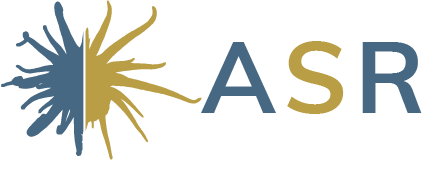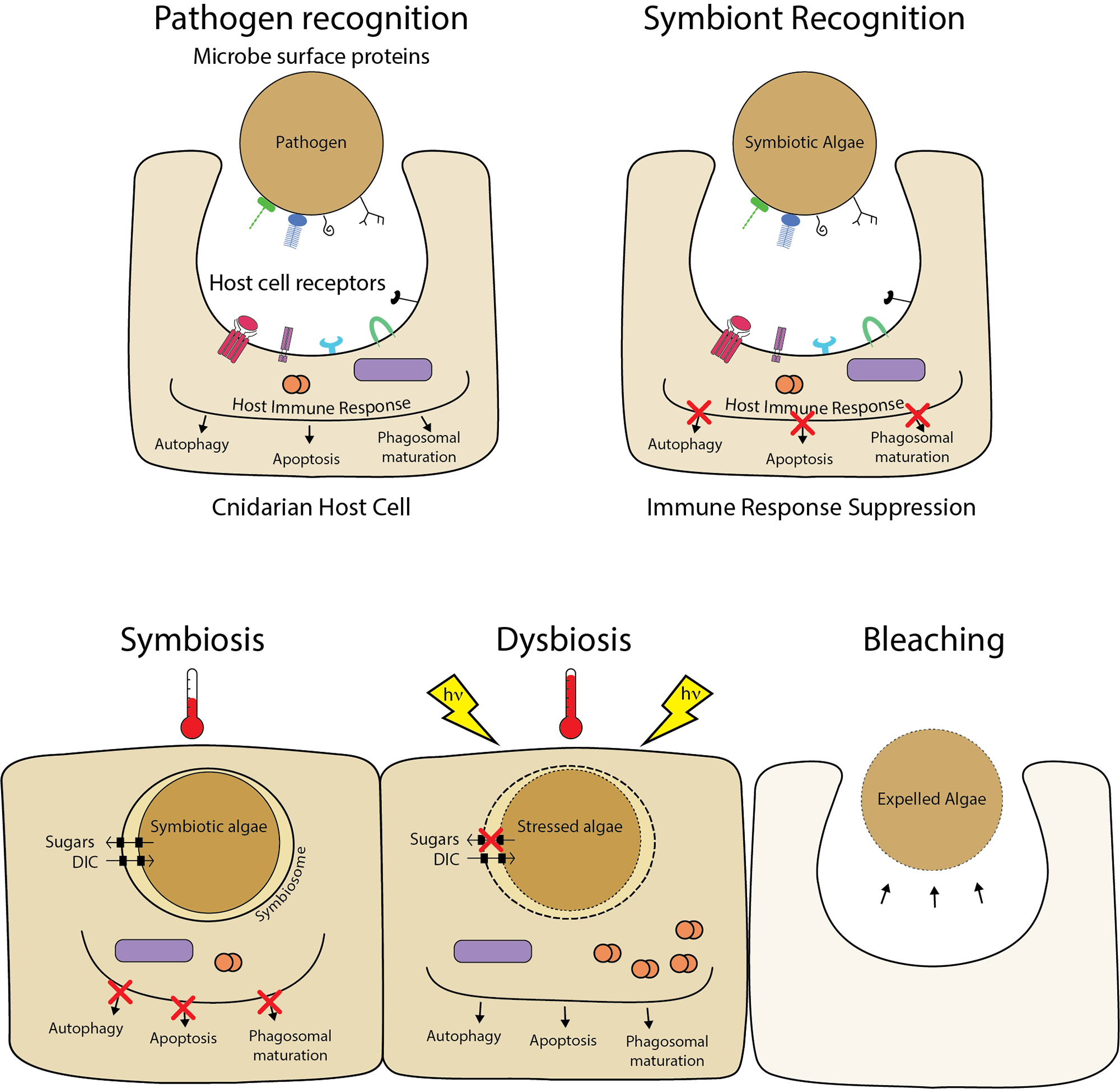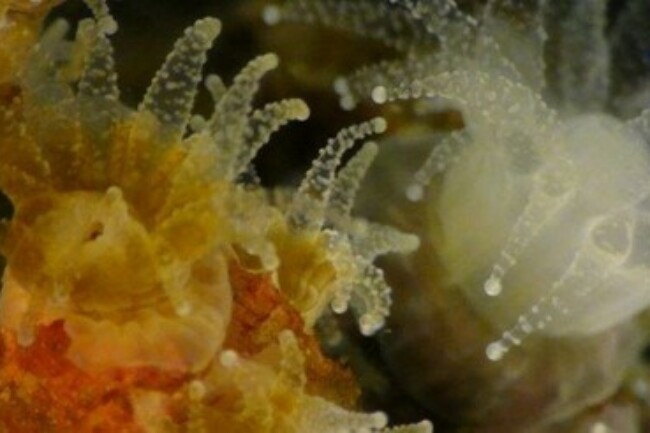“Aiptasia is a little workhorse for understanding coral symbiosis. As a community, we are developing tools to push the field of cnidarian functional genomics forward.”
– Dr. Virginia Weis, Distinguished Professor,
Department of Integrative Biology, Oregon State University
Overview of cnidarian-dinoflagellate symbiosis. The first step of symbiosis is recognizing a compatible microbe. If the microbe is a pathogen, the host cell will activate signaling pathways associated with the host’s innate immune system. If the host cell recognizes a compatible dinoflagellate (symbiont) the innate immune response is suppressed, allowing the symbiont to set up a stable symbiosis. During heat stress (and other physiological stress), the symbiosis breaks down, called dysbiosis. For more information see: Virginia M Weis (2019) Cell biology of coral symbiosis: Foundational study can inform solutions to the coral reef crisis, Integrative and Comparative Biology https://doi.org/10.1093/icb/icz067.
Coral symbiosis: a mutualism between animals and microbes capable of creating entire an ecosystem, a partnership so critical that without it, there would be only the clear blue water of the tropical oceans. The ecological, economic, and aesthetic importance of coral reefs is widely recognized, as are the threats they face. Nonetheless, the underlying molecular and cell biology of corals and their resident endosymbiotic dinoflagellates (family Symbiodiniaeceae) that are critical for host nutrition remain poorly understood. A major reason for this paucity of knowledge is the lack of a functional genomic and genetic toolkit for laboratory experimentation.
Through support from the National Science Foundation (NSF), researchers from Oregon State University, Florida International University, Stanford, and the Carnegie Institution for Science (see About Us) are developing functional genomics tools and techniques in the model system Aiptasia to better understand Cnidarian-dinoflagellate symbiosis. This NSF Enabling Discovery through Genomic tools (EDGE) grant aims to:
- Genetically manipulate the dinoflagellate: Gene knockout and knockins
- Develop methods for RNA-based gene knockdown in Aiptasia
- Develop methods for gene knockout, tagging, and overexpression in Aiptasia
- Achieve settlement and metamorphosis of Aiptasia larvae
All research and education resources are available on this Aiptasia Symbiosis Resource portal, and laboratory methods are shared through the Aiptasia-Symbiodiniaceae Model System Protocols.io group.



